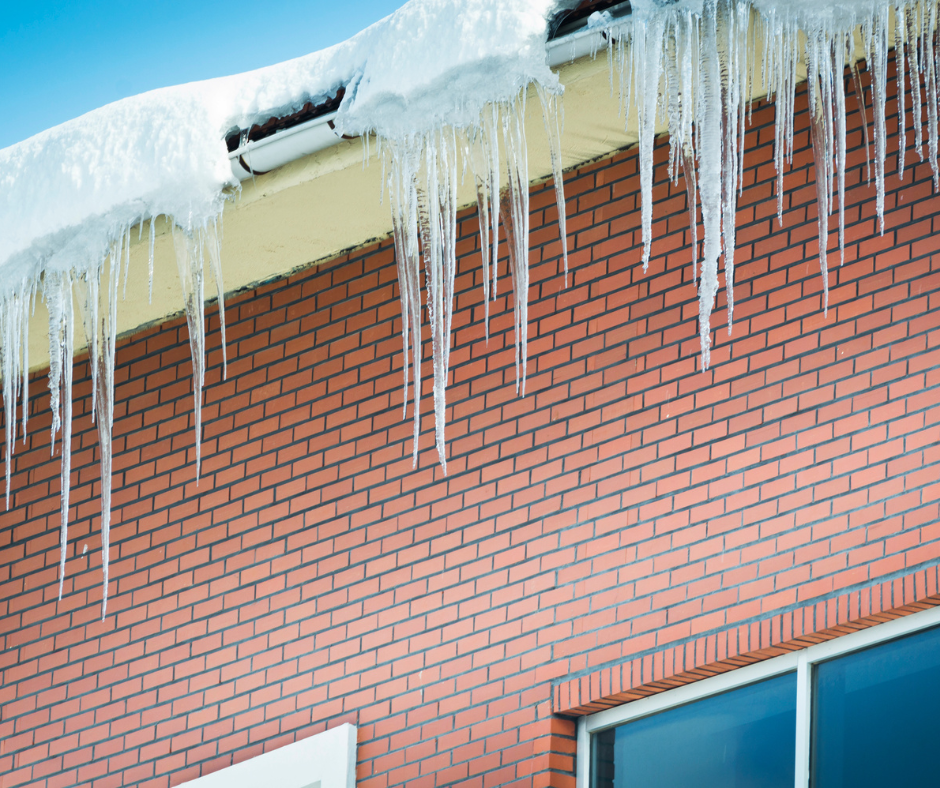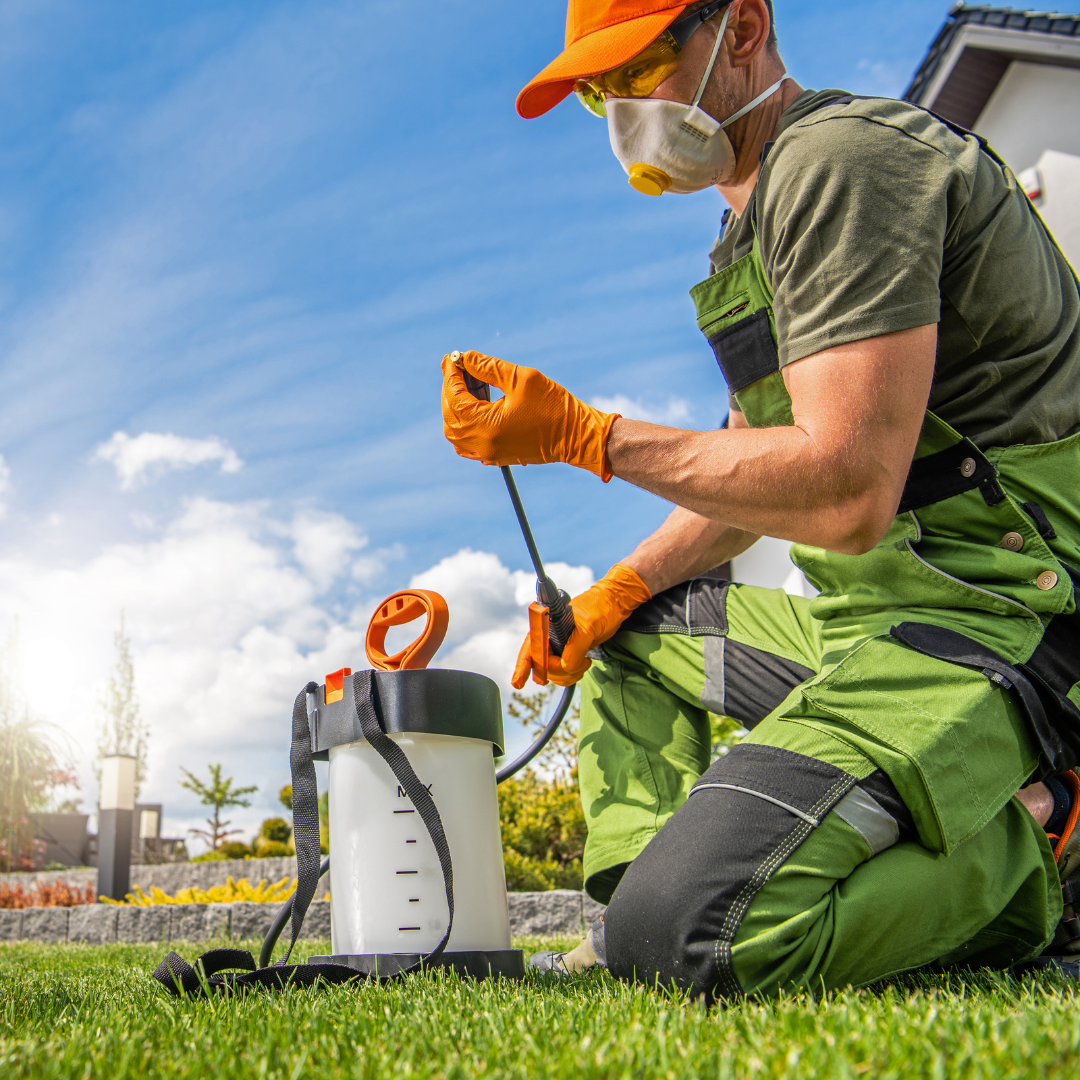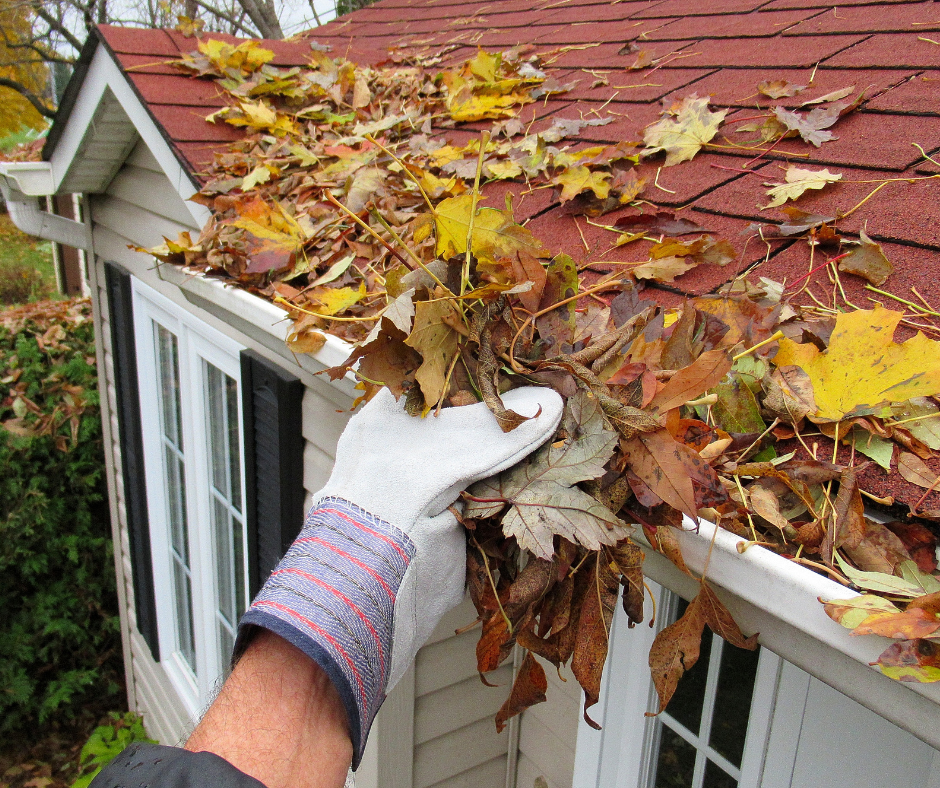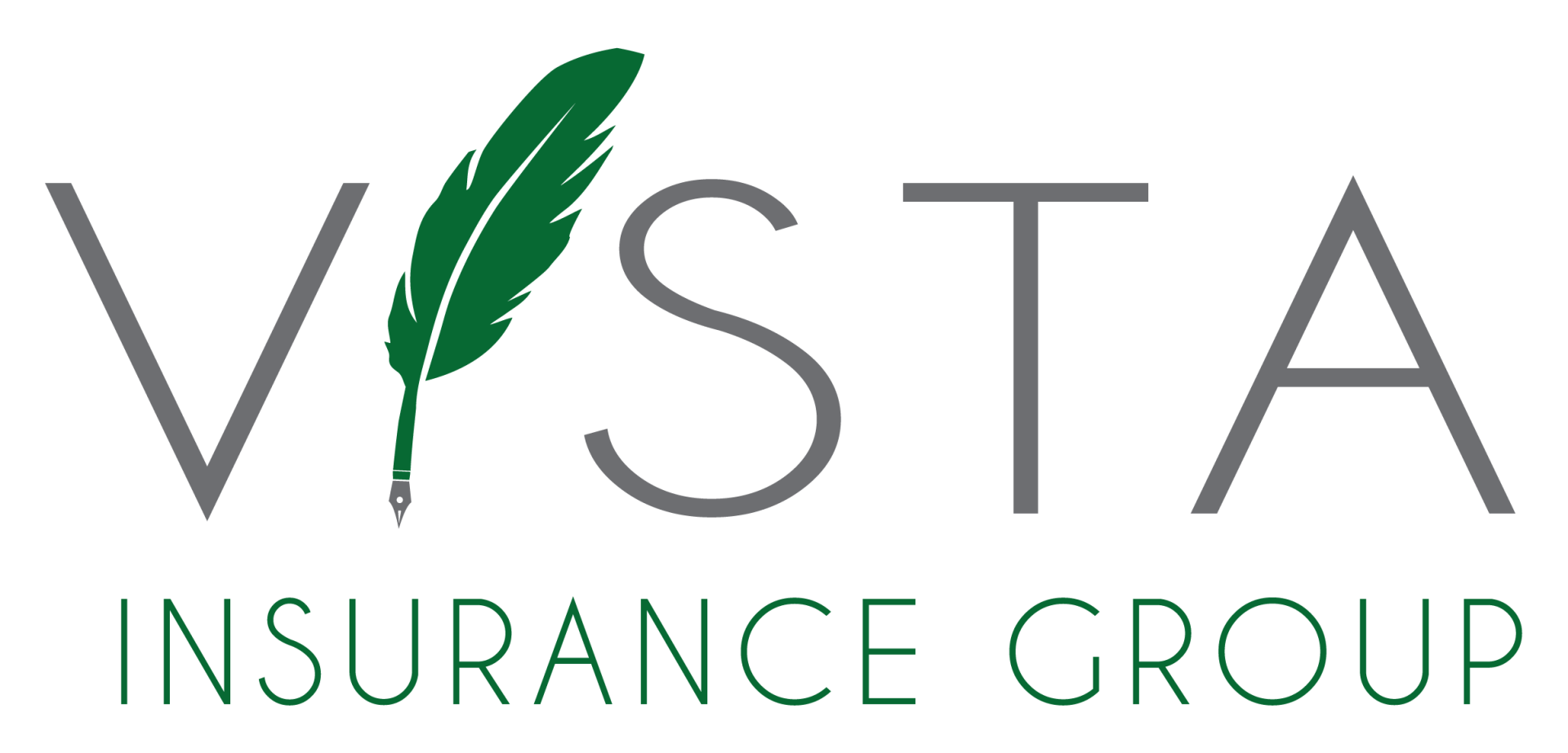Are You Concerned About Your Cybersecurity?
Cybersecurity incidents have continued to become more prevalent as society’s reliance on technology continues to grow. Ransomware attacks, data breaches, identity theft and other forms of cybercrime are no longer uncommon to hear of online, on the nightly news or in the local paper. With the rise in cybercrimes has come a new form of protection against cyber threats – cyberliability insurance coverage. With so any other forms of insurance out there, it only makes sense that this relatively new phenomenon would become commonplace. However, cyberliability liability insurance is not a one-size-fits-all coverage, and individuals and entities alike should work with an insurance broker experienced in this area to find the coverage that makes the most sense for their needs.
What Questions Should You Be Asking?
There are a few major points to focus on and questions to ask when inquiring about a cybersecurity liability policy that meets all of one’s needs. A best practice is to confirm first-party coverage for a number of important items in relation to security incidents and data breaches such as forensic analysis, legal costs, costs associated with data breach notification to individuals and required entities, fines or penalties associated with an enforcement action, ransomware, malware, wire fraud, phishing incidents, social engineering schemes, “man-in-the-middle” schemes, and business interruption coverage. It is also wise to ensure third-party coverage in a few areas in relation to security incidents and data breaches such as for class action litigation, enforcement actions and individual litigation.
What’s Excluded in the Policy?
In addition to the above, an in-depth discussion with your broker about the specifics of your cybersecurity liability policy is of utmost importance. A common issue that arises with many types of insurance is that the insured is not aware of all exclusions, and this is no different with cybersecurity insurance. It is important to have a strong understanding of your policy’s exclusions with a focus on your particular industry in order to tailor coverage to incidents you’re most likely to face and to laws and regulations you must be in compliance with.
The area of cybersecurity liability insurance is constantly changing and evolving, and must do so to be able to address new cybersecurity threats and new laws and regulations those threats bring. As such, it is not enough to simply examine your policy and talk with your broker about coverages on the front end. To keep best protected and ahead of the changing coverages, exclusions and endorsements, speak with your insurance broker on a regular basis and don’t be afraid to ask questions. Additionally, if you have questions about any of the laws and regulations governing cyberliability and data security, or if you have questions about your cyberliability policy and contract, an attorney experienced in the data security and liability field is another important resource.
Source: Zywave










